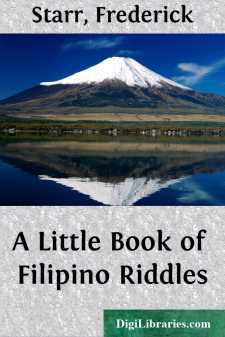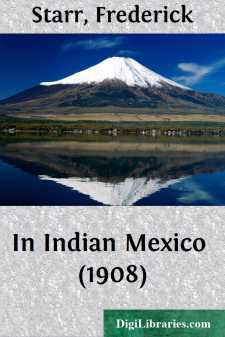Categories
- Antiques & Collectibles 13
- Architecture 36
- Art 48
- Bibles 22
- Biography & Autobiography 813
- Body, Mind & Spirit 142
- Business & Economics 28
- Children's Books 17
- Children's Fiction 14
- Computers 4
- Cooking 94
- Crafts & Hobbies 4
- Drama 346
- Education 46
- Family & Relationships 57
- Fiction 11829
- Games 19
- Gardening 17
- Health & Fitness 34
- History 1377
- House & Home 1
- Humor 147
- Juvenile Fiction 1873
- Juvenile Nonfiction 202
- Language Arts & Disciplines 88
- Law 16
- Literary Collections 686
- Literary Criticism 179
- Mathematics 13
- Medical 41
- Music 40
- Nature 179
- Non-Classifiable 1768
- Performing Arts 7
- Periodicals 1453
- Philosophy 64
- Photography 2
- Poetry 896
- Political Science 203
- Psychology 42
- Reference 154
- Religion 513
- Science 126
- Self-Help 84
- Social Science 81
- Sports & Recreation 34
- Study Aids 3
- Technology & Engineering 59
- Transportation 23
- Travel 463
- True Crime 29
A Little Book of Filipino Riddles
by: Frederick Starr
Categories:
Description:
Excerpt
Introduction
Although I had already inquired for them from Ilocano boys, my first actual knowledge of Filipino riddles was due to Mr. George T. Shoens, American teacher among the Bisayans. He had made a collection of some fifty Bisayan riddles and presented a brief paper regarding them at the Anthropological Conference held at Baguio, under my direction, on May 12–14, 1908. My own collection was begun among Ilocano of Union Province from whom about two hundred examples were secured. Others were later secured from Pangasinan, Gaddang, Pampangan, Bisayan and Tagal sources. My informants have chiefly been school-boys, who spoke a little English; they wrote the text of riddle and answer in their native tongue and then we went over them carefully together to make an English translation and to get at the meaning. Many Filipinos know how to read and write their native language, although few have had actual instruction in doing so. There is no question that errors and inconsistencies Page 5exist in the spelling of these riddles, due to this lack of instruction and to the fact that the texts have been written by many different persons. I am myself not acquainted with any Malay language. I have tried to secure uniformity in spelling within the limits of each language but have no doubt overlooked many inconsistencies. The indulgence of competent critics is asked. It has been our intention throughout to adhere to the old orthography. Thus the initial qu and the final ao have been preferred.
The word for riddle varies with the population. In Ilocano it is burburtia, in Pangasinan boniqueo, in Tagal bugtong, in Gaddang ———, in Pampangan bugtong, in Bisayan tugmahanon.
Riddles are common to all mankind. They delighted the old Aryans and the ancient Greeks as they do the modern Hindu and the Bantu peoples of darkest Africa. Many writers have defined the riddle. Friedreich in his Geschichte des Räthsels, says: “The riddle is an indirect presentation of an unknown object, in order that the ingenuity of the hearer or reader may be exercised in finding it out.... Wolf has given the following definition: the riddle is a play of wit, which endeavors to so present Page 6an object, by stating its characteristic features and peculiarities, as to adequately call it before the mind, without, however, actually naming it.”
The riddles of various Oriental peoples have already been collected and more or less adequately discussed by authors. Hebrew riddles occur in the Bible, the best known certainly being Samson's:
“Out of the eater came forth meat,
And out of the strong came forth sweetness.”
Arabic riddles are many and have been considerably studied; Persian riddles are well known; of Indian riddles at least one collection has been printed separately under the name Lakshminatha upasaru, a series of Kolarian riddles from Chota Nagpur has been printed as, also, an interesting article upon Behar riddles; Sanskrit riddles are numerous and have called for some attention from scholars; a few Gypsy riddles are known; two recent papers deal with Corean riddles....



